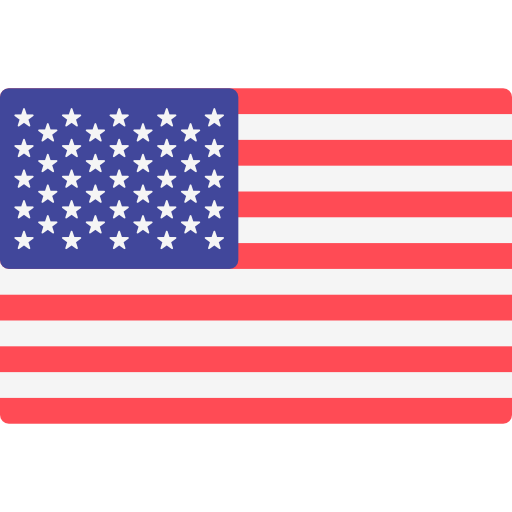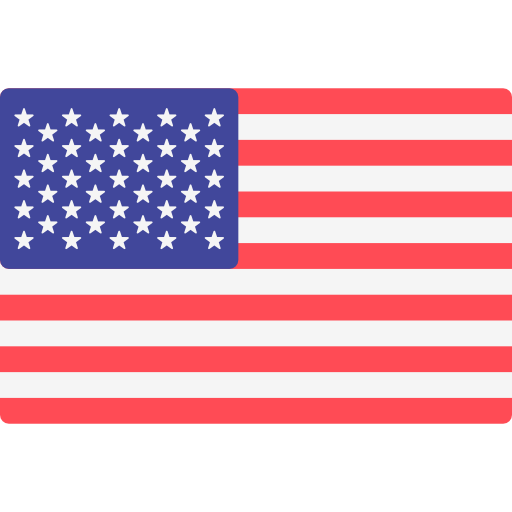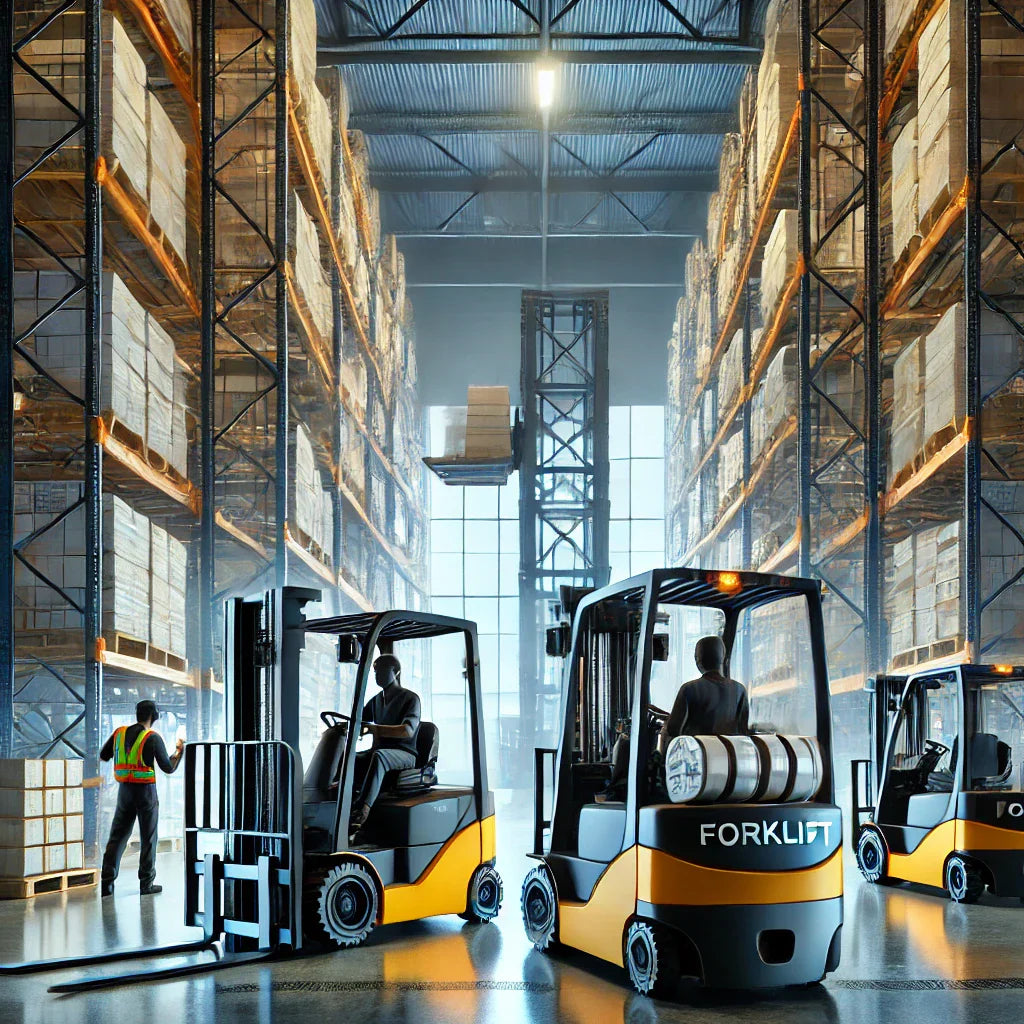Forklifts are essential in warehouses, construction sites, and factories. They help move heavy loads efficiently, improving productivity and workplace safety. But not all forklifts are the same. Different types are designed for specific tasks and environments.
If you’re looking to understand the various kinds of forklifts, this guide will break them down for you. Knowing the right type for the job can save time, reduce accidents, and increase efficiency. Let’s explore the main types of forklifts and their uses.
1. Counterbalance Forklift
The counterbalance forklift is one of the most common types used in warehouses and factories. It has forks extending from the front and a weight at the back to balance loads.
Best For:
Indoor and outdoor use
Lifting heavy pallets
General warehouse tasks
Key Features:
No extending arms, allowing direct access to loads
Available in electric, gas, or diesel options
Easy to operate in tight spaces
2. Reach Truck Forklift
Reach trucks are designed for high stacking in warehouses. They have extended lifting abilities and stabilizing legs, making them perfect for narrow aisles.
Best For:
High-rack storage
Narrow warehouse aisles
Indoor use
Key Features:
Can lift loads to great heights
Outrigger legs provide stability
Electric-powered for quiet operation
3. Pallet Jack (Walkie & Rider)
Pallet jacks, also called pallet trucks, are designed for moving pallets over short distances. They come in manual (walkie) and electric (rider) versions.
Best For:
Moving pallets in warehouses
Retail stockrooms
Loading and unloading trucks
Key Features:
Compact and easy to maneuver
Lower weight capacity than larger forklifts
Ideal for light-duty material handling
4. Rough Terrain Forklift
Built for outdoor work, rough terrain forklifts have large, durable tires that handle uneven ground. They are often used on construction sites and lumber yards.
Best For:
Outdoor construction
Lumber and logging operations
Farms and agriculture
Key Features:
Pneumatic tires for stability
High ground clearance
Diesel-powered for strong performance
5. Telehandler (Telescopic Forklift)
A telehandler combines the capabilities of a forklift and a crane. It has a telescopic boom that extends forward and upward, making it ideal for lifting loads to great heights.
Best For:
Construction and roofing projects
Agriculture and farming
Moving loads to high elevations
Key Features:
Extendable arm for added reach
All-terrain capabilities
Can attach different lifting accessories
6. Side Loader Forklift
Side loader forklifts are designed for handling long, bulky loads like pipes, timber, and steel. Instead of lifting from the front, they load from the side.
Best For:
Warehouses storing long materials
Steel and lumber industries
Narrow aisles with limited maneuverability
Key Features:
Side-loading design for better balance
Can carry extremely long items
Available in electric or diesel options
7. Order Picker Forklift
Order pickers are used in warehouse operations for picking individual items from high shelves rather than moving entire pallets.
Best For:
E-commerce and retail warehouses
High-volume order fulfillment
Stock picking at various heights
Key Features:
Operator platform lifts with the load
Narrow aisle compatibility
Electric-powered for efficient use
How to Choose the Right Forklift
1. Consider the Work Environment
Indoor warehouses: Electric forklifts like reach trucks and order pickers are ideal.
Outdoor and rough terrain: Diesel-powered forklifts with large tires work best.
2. Determine Load Capacity
Light loads (under 5,000 lbs): pallet jacks and small counterbalance forklifts work well.
Heavy loads (over 10,000 lbs): Rough terrain forklifts and telehandlers are better options.
3. Think About Maneuverability
Tight spaces: Reach trucks and order pickers are great for narrow aisles.
Open areas: counterbalance and rough terrain forklifts offer flexibility.
4. Look at Height Requirements
Low stacking: pallet jacks and counterbalance forklifts are sufficient.
High stacking: Reach trucks and telehandlers provide better lift height.
Everything you need to know!
Choosing the right type of forklift depends on the job requirements, work environment, and load capacity. Whether you need a small pallet jack or a powerful telehandler, selecting the right equipment will improve efficiency and safety.
If you're looking for forklifts or training resources, check out Joyful Peter for expert advice and high-quality equipment recommendations.
FAQs
What is the most common type of forklift?
The counterbalance forklift is the most widely used, especially in warehouses and factories.
What forklift is best for outdoor use?
Rough terrain forklifts and telehandlers are designed for uneven surfaces and outdoor environments.
Do forklifts require special training?
Yes, forklift operators need certification and training to ensure safe handling.
Can electric forklifts be used outdoors?
Some models can, but they are mostly designed for indoor use.




